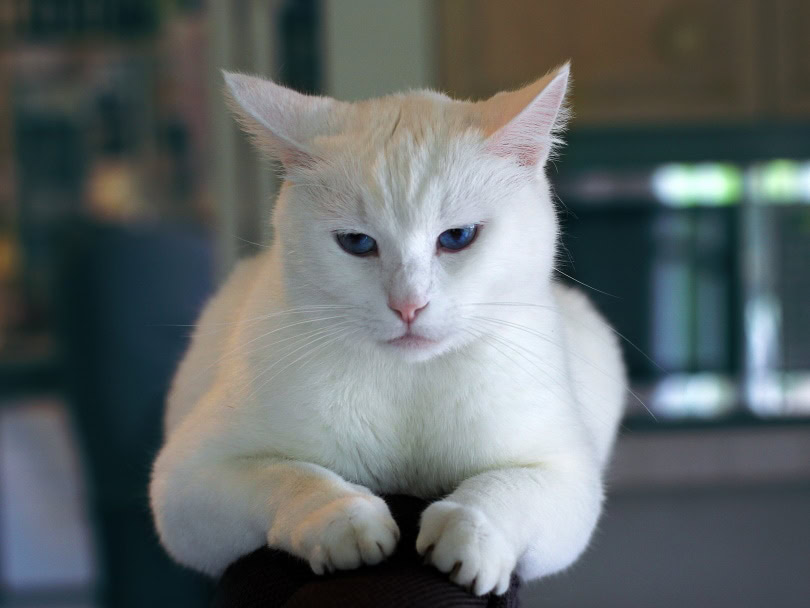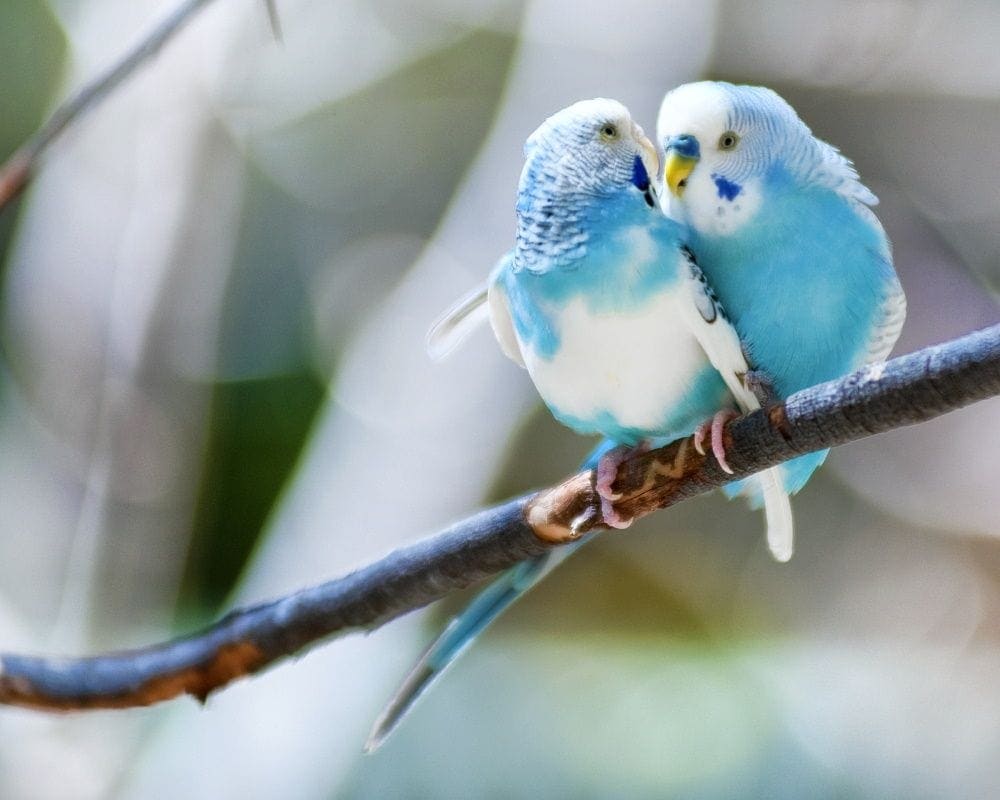VET APPROVED

The information is current and up-to-date in accordance with the latest veterinarian research.
Learn more »Click to Skip Ahead
To many people, cats are aloof and solitary. They often shun affection and some may even bare their claws at any excessive attempts for cuddles.
The biggest cat lovers among us know that cats are social creatures at heart, though. While they don’t often show it outright, they love ear scratches from their favorite people as much as their canine siblings do. They’re just too stubborn to admit it!
They also need adequate physical exercise and mental stimulation every single day, which they receive through playing, spending time with their owners, enjoying an enriched and stimulating environment, and more. If left home alone for too long, or not receiving the proper environmental engagement or attention from their owners, they may become lonely, frustrated, bored, or some cats may even develop separation anxiety.
To help you keep your cat happy, we’ve put together this list of signs that your cat might exhibit if they’re feeling in need of companionship, whether it’s from a fellow cat or just more playtime with their human.

What Is Separation Anxiety?
Some cats that seem lonely could actually be suffering from separation anxiety. Although more common in dogs, this can occur in cats for several reasons. Most often, separation anxiety has been described in cats who are left home alone for prolonged periods after they have previously adjusted to spending a lot of time with their owners.1 Something similar may occur with other significant changes in the cat’s routine and may lead to various concerning and even undesirable behaviors, similar to loneliness. We’ll discuss some of these next.
The 6 Signs That Your Cat Is Lonely
Cats are creatures of habit. They thrive on routine and prefer to stick to their schedules, particularly whenever meals are concerned. A shift in your cat’s behavior is an obvious way you can tell that something is bothering your feline.
That said, these signs alone don’t necessarily mean your cat is lonely. They can be due to a variety of other reasons, and it’s a good idea to check if the behavior continues over a few days and isn’t just a one-off. If you’re not sure whether your cat is lonely, ask your veterinarian for advice, as some of these signs may also be associated with certain health issues that will need addressing.
1. Clinginess and Excessive Vocalization
Some cats are clingier than others. They’ll trail you around the house and, if they have access to the outdoors, may even follow you on your daily garden walks. If your cat suddenly starts following you everywhere or meowing excessively, it might be a sign that they’re feeling lonely, bored, frustrated or anxious.
If suffering from separation anxiety, cats may be particularly distressed and vocal when left alone in the house, and this can be confirmed by recording their behavior using an indoor camera or even hearing them as you leave the house. In some cases, clinginess and excessive vocalization could also be a sign of an underlying illness, so make sure to observe your cat closely and get them checked over by a vet in case of any uncertainties.
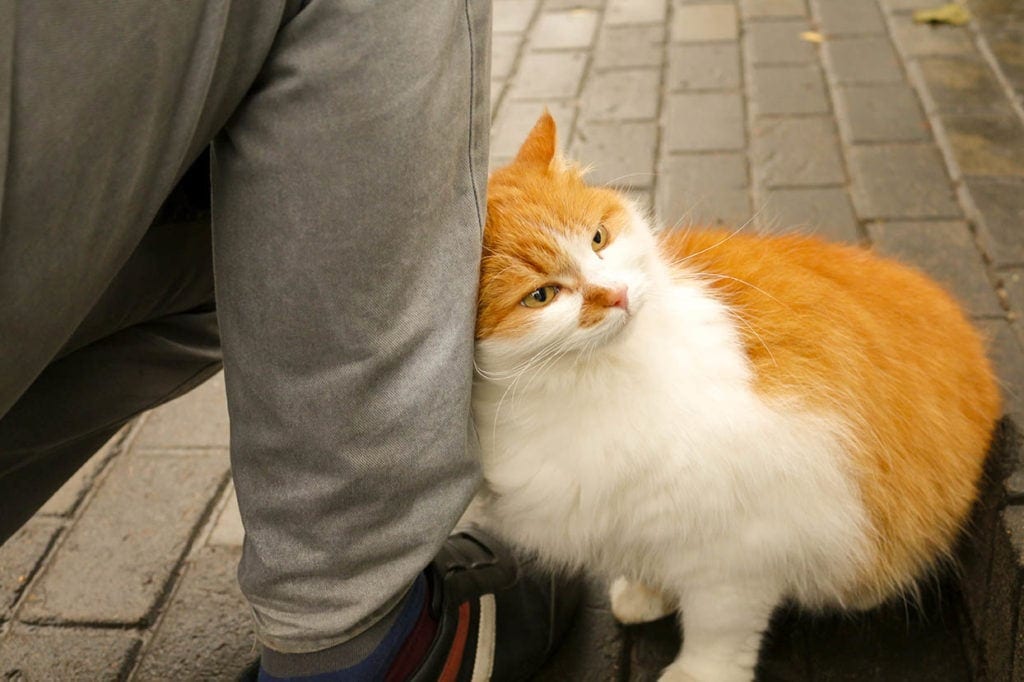
2. Changes in Appetite
Cats are habitual creatures. This goes for their eating habits too. Some may even be thrown off their routine by something as simple as the clocks going forward or back or if you get home later than usual from work.
Sometimes, though, eating more than usual or not touching their food at all can be a result of boredom, frustration, or separation anxiety, as well as an underlying health issue. If your feline is bored enough, eating might be their way of giving themselves something to do. Loneliness and anxiety can have the opposite effect, while in severe cases of separation anxiety, some cats can even develop vomiting or diarrhea.
Take into account how active your cat is during the day. If you have an outdoor cat, there could be a chance that they’re bribing food from your neighbors. However, if your cat’s appetite is changing or they are not eating as well, it’s important to consult your vet, as they may be suffering from a health condition.
3. Destructive Tendencies
Like dogs, cats can become destructive when they’re bored, frustrated, or anxious. If you’re at work all day, all week long, and you come home to ruined furniture, there is a good chance that your cat is stuck for something to do.
Cats are remarkably intelligent, and if there’s no one to play with and their environment is not stimulating, they won’t hesitate to find something to do to amuse themselves. The antique plate standing on your dresser probably looks fascinating when the sunlight catches it just right.
Leaving a few toys out can help lessen the destructive tendencies, but if your cat is lonely, they might still attack your furniture. Environmental enrichment is crucial in ensuring that your cat feels fulfilled on a daily basis, through puzzle feeders and interactive toys, cat scratchers, cat trees, perches and window sills, hiding spots, and catios, as well as through spending quality time with their owners.
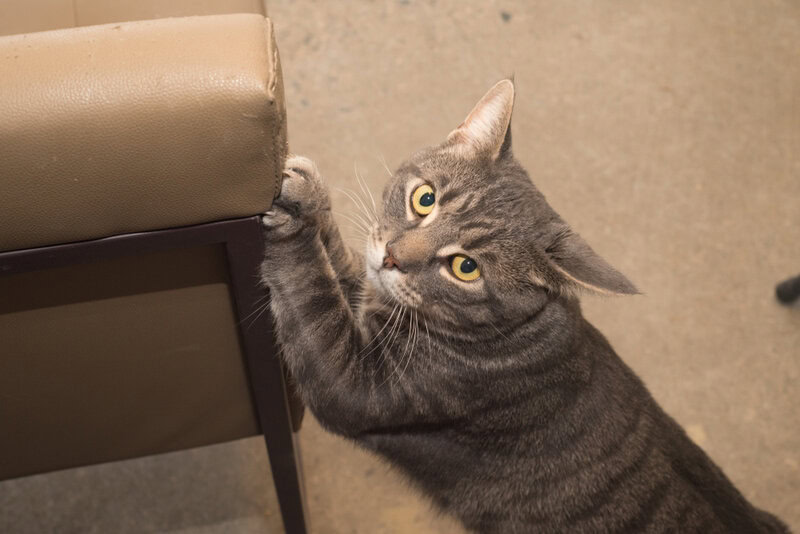
4. Excessive Grooming
To cats, cleanliness is important, and a change in their grooming habits is a good indicator that not all is well. Depression can make humans unwilling to get out of bed, and cats’ behavior may appear quite similar. If your cat is lonely, stressed, or bored, excessive grooming can be a way of calming themselves, as well as sleeping more than usual. It’s a way to comfort themselves when there’s no one else around. However, both can also indicate that your cat is suffering from a health issue, so be sure to speak to a vet.
5. Lethargy
Depression drains the energy of even the most energetic creature. For lonely cats, if they go from boundless energy to morose wandering where they refuse to so much as blink at their usual favorite games, there’s a chance that they’re upset about something or they are feeling quite unwell due to a specific health reason. It’s important to get them checked by the vet before assuming they are bored or lonely.
If your cat was given a clean bill of health by the vet but is still suddenly sleeping more than usual, it might be because there is nothing else for them to do, and they are bored.
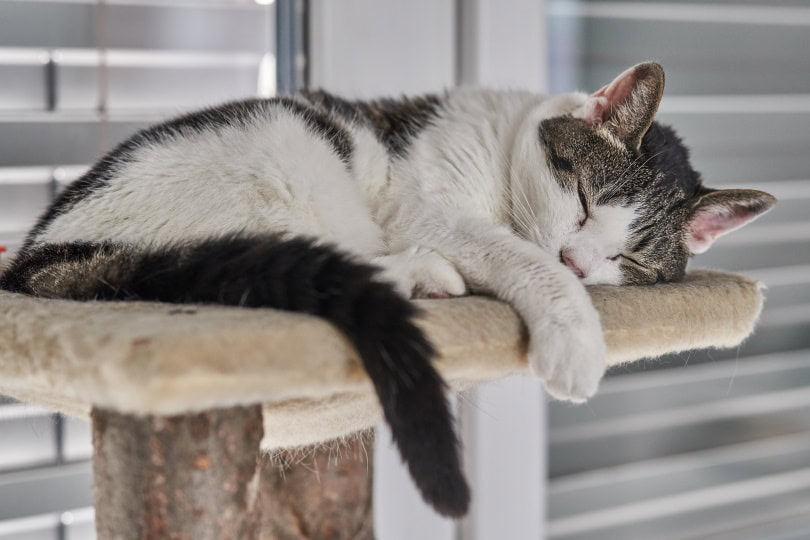
- Related Read: Do Cats Grieve? (And How to Help a Grieving Cat)
6. Litter Box Trouble
Another habit that cats have is using their litter box. But turning the whole house into their litter box is cause for concern. While it can be a sign of loneliness, stress, frustration or separation anxiety, remember to take into account any new litter that you might be using. Your cat might not appreciate crystal litter or the fancy, brand-new, automatic litter box. The location of the litter box may be too busy, or there just aren’t enough litter boxes for all the cats in the home. Pooping in your shoes is their way of protesting.

Medical Conditions
While a change in our cats’ behavior can be the result of boredom, stress, anxiety, frustration or loneliness, many of the signs on this list can also present when your cat is suffering from a medical condition. Refusing to eat, changing their grooming habits, sleeping more, and having litter box issues can all be signs that your favorite feline is feeling under the weather.
For this reason, it’s important to talk to your veterinarian before deciding whether your cat is lonely or not. Giving them a companion is all well and good, but it won’t help them if they’re sick.
Does My Cat Need a Feline Companion?
If you’ve established that your cat is lonely, the next decision is how to go about fixing it. Not all cats will get along with other felines—all they might need is their favorite humans to come home from work for lunch or to play games more often. If you’re away frequently, you could hire someone to spend the day with your cat in your stead. Ensure their environment is enriched, stimulating and fun, full of puzzle toys, perches, scratchers, cat trees, and everything that keeps your kitty occupied when you’re not there.
It can be difficult to predict if your feline would benefit from having a cat companion, as there is no guarantee that they will get along, and the addition of a new cat is not a replacement for your presence, if that is the issue. This is greatly based on your cat’s individual character and temperament, early socialization, previous experiences with other cats, and the success of the introduction process, which shouldn’t be rushed. Getting another cat is not necessarily a solution, as they will also require a great deal of your attention, as well as their own resources and private places, and routine veterinary care.
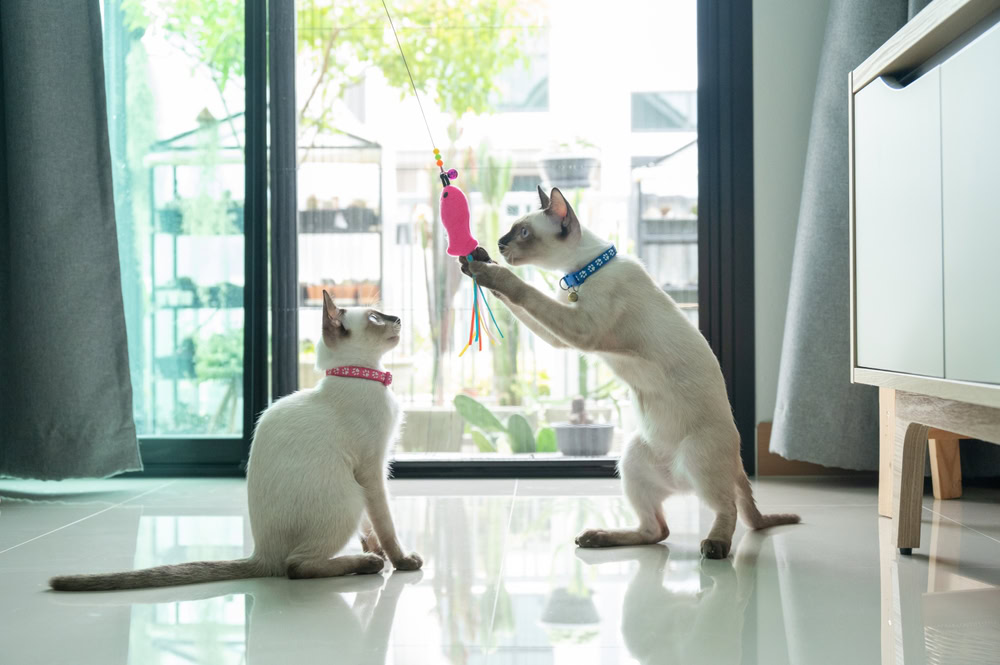
How Do I Introduce a New Cat to My Feline?
Cats don’t take kindly to strangers invading their homes. It’s their safe place, and having a new feline on their turf is enough to make hackles rise. For this reason, it’s important to introduce a new cat slowly.
Kittens are easier in this instance because they’ll be more willing to let your older cat make the rules. It’s still a good idea to keep both cats in separate rooms or play areas at first, initially with scent exchange only, and then supervised meetings. Don’t forget to shower both cats with love, as you don’t want your existing feline to believe that they’re being replaced.
Also, remember that some cats make new friends slowly. They might spend months avoiding each other, and just when you are about to lose hope, you’ll find them snuggled up together in the best sunny spot on the couch.


Final Thoughts
Our favorite felines might not admit it, but many of them are actually quite social creatures and they love affection. They can feel lonely, bored, frustrated, and even anxious if they don’t have enough social interaction with their favorite humans, as well as physical exercise and mental stimulation.
Paying attention to the aforementioned signs and ruling out any medical conditions will help you figure out if your cat is pining for more environmental enrichment, your attention, or feline companionship. Then you can decide whether they’ll appreciate meeting that kitten you’ve been eyeing or if they’d prefer more cuddles with you.
Featured Image Credit: Piqsels
